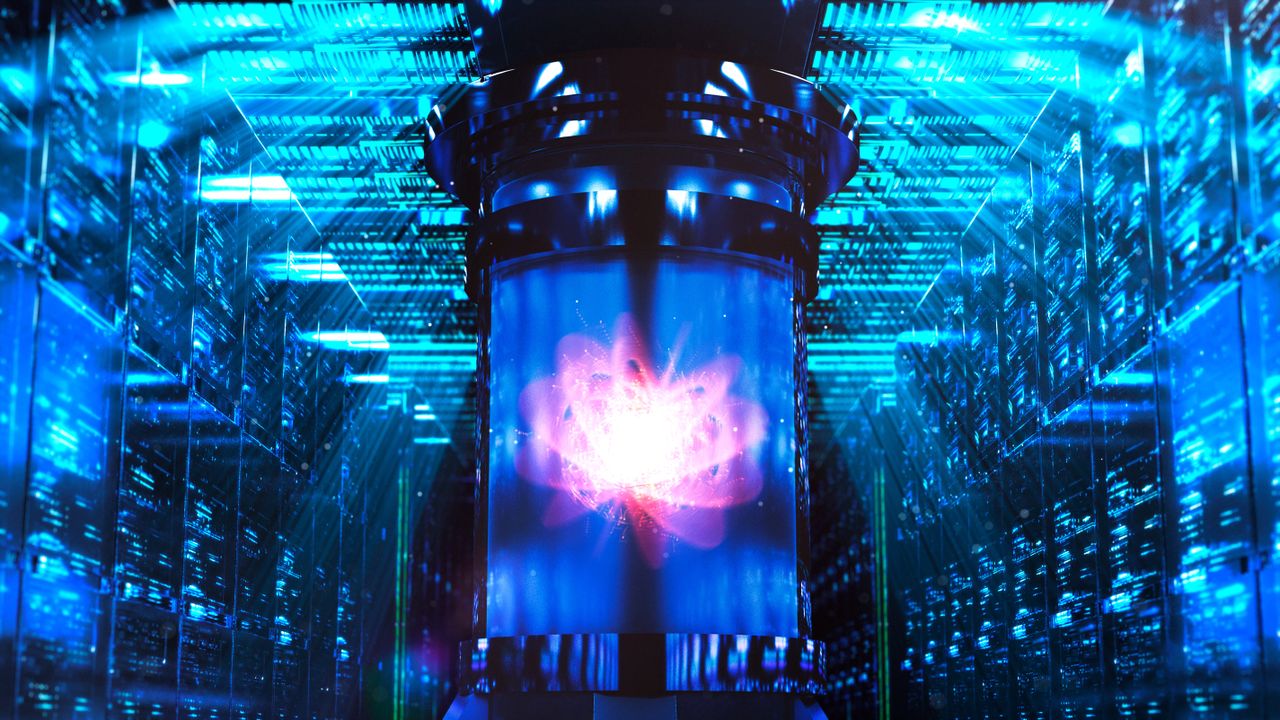Nuclear waste may soon transform into a valuable resource for energy production, according to research presented by physicist Terence Tarnowsky during the recent fall meeting of the American Chemical Society. He proposed that this waste could be repurposed to produce tritium, a rare isotope essential for nuclear fusion, potentially paving the way for abundant and clean energy.
Tritium, a radioactive form of hydrogen, is not naturally abundant on Earth and is costly to produce. Currently, its production is limited, which presents a significant hurdle for the advancement of nuclear fusion technology. Fusion, the process of combining atoms to release energy, promises a nearly limitless energy source but remains constrained by the availability of tritium and the challenges of achieving large-scale ignition.
At present, the United States is grappling with approximately 90,000 tons of nuclear waste, which is stored in various facilities across the country. This poses both environmental and financial challenges. Tarnowsky highlighted the potential of harvesting tritium from the byproducts of nuclear fission, the method currently employed in nuclear reactors.
“Nuclear fusion has the potential to offer emission-free, abundant energy,” Tarnowsky stated. “But there’s limited availability and a high cost for tritium right now, and that presents a barrier to the technology’s success.”
To address the need for tritium, Tarnowsky suggested utilizing a particle accelerator to split atoms in nuclear waste. This method could yield tritium through a series of reactions, although it would not eliminate the hazardous waste produced in the process. He explained that while the basic principles of this design are not new, recent technological advancements could enhance the efficiency of tritium production.
Using 1 gigawatt of energy, Tarnowsky’s calculations indicate that this system could produce 4.4 pounds (2 kilograms) of tritium annually, sufficient to power tens of thousands of U.S. homes. He anticipates that this approach could generate over 10 times the amount of tritium compared to existing methods using the same power input.
Despite these promising developments, the availability of tritium remains a critical challenge. Currently, tritium is priced at approximately $15 million per pound (or $33 million per kilogram), making it prohibitively expensive for widespread use. This cost factor, coupled with the short half-life of tritium, complicates its storage and long-term utilization.
Tarnowsky emphasized that a new, cost-effective method of producing tritium is essential for the success of future nuclear fusion plants. He remarked, “You need to have this capability already up and running.”
The push for nuclear fusion as a viable energy source comes at a time when the world is increasingly focused on sustainable energy solutions. Although the technology to achieve fusion on a commercial scale remains in development, recent advancements signal a shift in the perspective towards nuclear energy.
Tarnowsky’s research highlights a significant opportunity to leverage existing nuclear waste, owned by the government, for future power generation. He stated, “This technology is possible today. It would be a very large paradigm shift with respect to utilizing the spent nuclear fuel that we have already.”
As discussions surrounding nuclear energy evolve, the potential to convert nuclear waste into a usable fuel source could reshape the energy landscape, addressing both energy needs and environmental concerns. While many details still require refinement, Tarnowsky’s proposal represents an exciting frontier in the quest for clean energy solutions.







































































